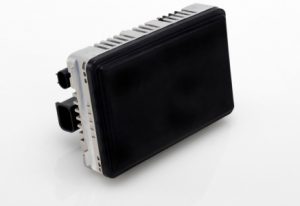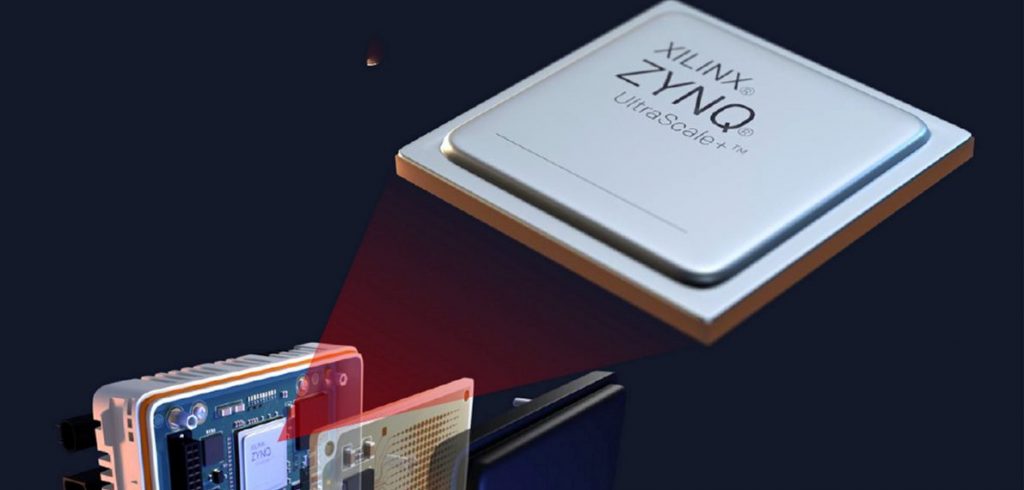Chipset supplier Xilinx and Tier 1 supplier Continental have announced that the former’s chips will power Continental’s new Advanced Radar Sensor (ARS) 540.
The automotive manufacturer’s Zynq UltraScale+ MPSoC (Multiprocessor-system-on-chip) platform will be used to create what is claimed to be the industry’s first production-ready 4D imaging radar. Continental hopes the collaboration will enable newly produced vehicles equipped with the ARS540 to realize SAE J3016 Level 2 functionalities, paving the way toward Level 5 autonomous driving systems.
Continental explains that 4D imaging radar determines an object’s location in range, azimuth, elevation and relative speed. This provides detailed information about the driving environment not provided by earlier automotive radar systems that capture only speed and azimuth. The ARS540 is a long-range 4D imaging radar with high resolution and 300m range.
The company notes that its wide, ±60° field-of-view enables multi-hypothesis tracking for precise prediction while driving. This is critical for managing complex driving scenarios. In addition, the ARS540 system’s high horizontal and vertical resolution enables detection of potentially hazardous objects on the road and responds appropriately.
“The Xilinx platform delivers the high performance and advanced DSP capabilities we needed to realize the ARS540, combined with adaptability and a market-leading selection of network interfaces capable of handling the wide array of antenna data at extremely high aggregate transfer rates,” said Norbert Hammerschmidt, head of program management, radar, at Continental.
 “Continental recently won designs with leading European and US OEMs and is in ongoing discussions with additional OEMs worldwide regarding the ARS540. We are very proud to continue our long-standing partnership with Xilinx and to now provide the market with a technology that has the potential to save lives.”
“Continental recently won designs with leading European and US OEMs and is in ongoing discussions with additional OEMs worldwide regarding the ARS540. We are very proud to continue our long-standing partnership with Xilinx and to now provide the market with a technology that has the potential to save lives.”
Xilinx notes that its chipset allows the 4D imaging radar to be agnostic to multiple sensor-platform configurations and adapt to OEM specification. Parallel processing within the device’s programmable logic aids performance and enables the fully independent, yet simultaneous processing pipelines that are critical to the ARS540’s 4D sensing. The many digital signal processing (DSP) slices enable hardware acceleration of real-time radar sensor inputs.


